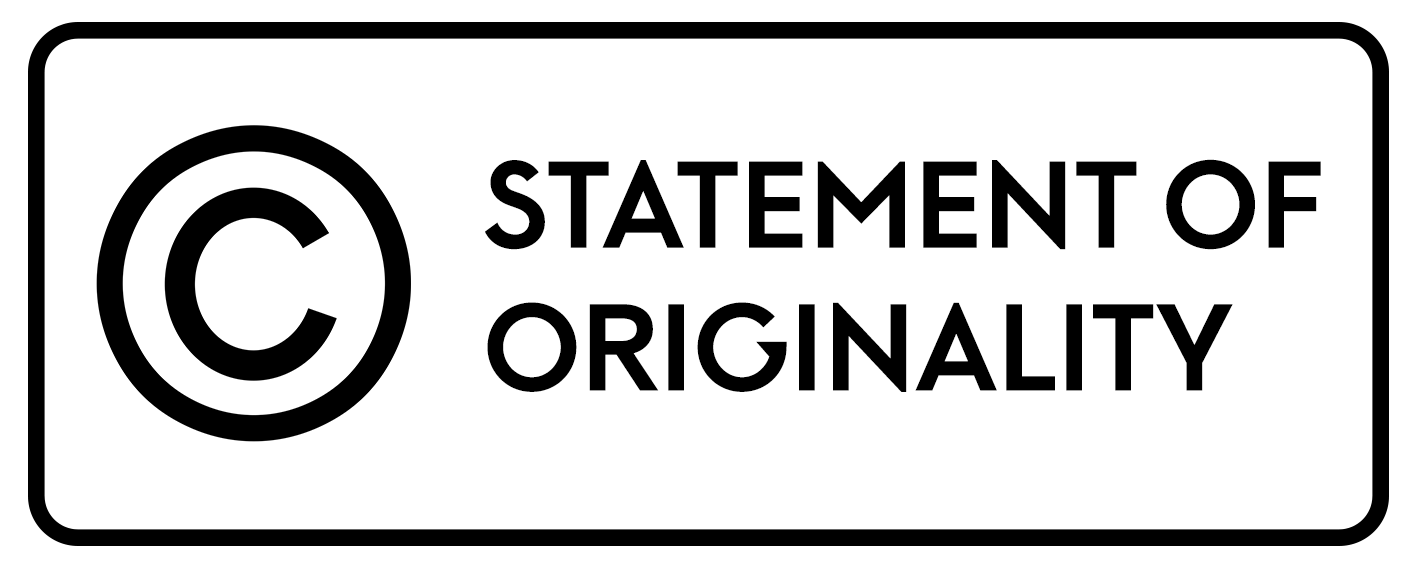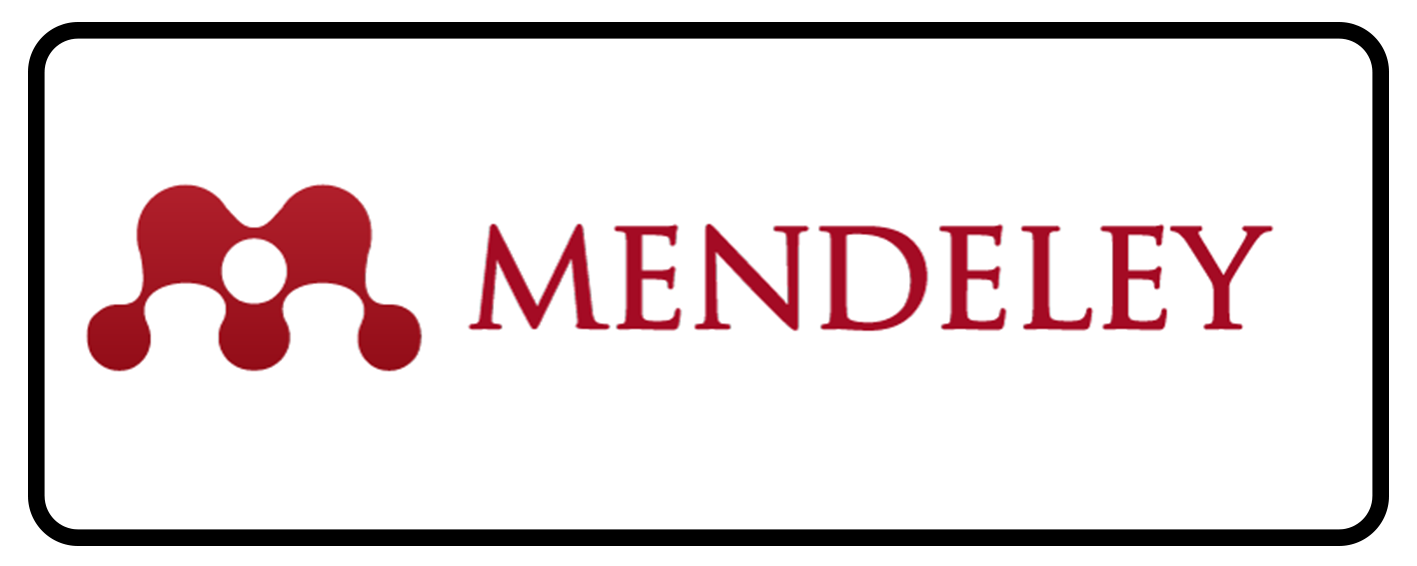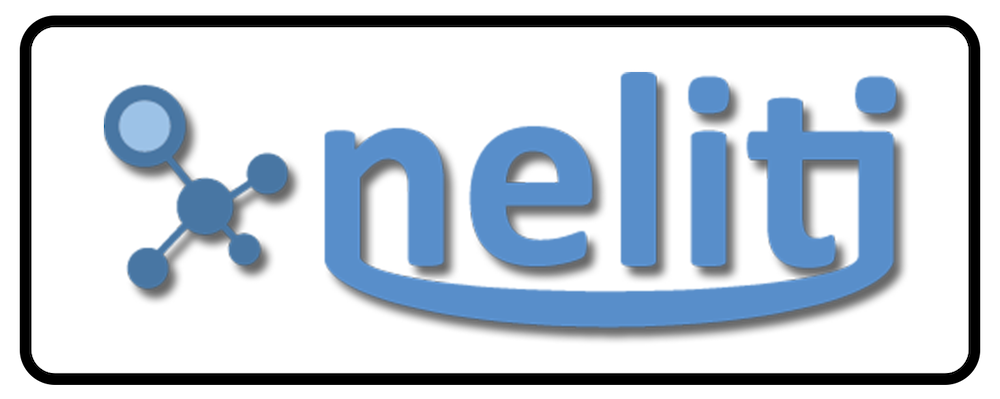KORELASI ANTARA PERIODE KRITIS DAN PEMEROLEHAN BAHASA
Abstract
Critical period is the period in which a human being is very sensitive to environmental stimuli, usually it occurs from the very beginning humans were born until they are puberty. This critical period is closely related to humans’ language acquisition. However, if during this period humans did not get the stimulus to learn language well, then their ability to acquire the language would be difficult, or even fail. The purpose of this study was to prove whether there was a correlation between the critical period hypothesis initiated by Eric H. Lenneberg with humans' language acquisition. The research method used in this study was to compare 3 case samples that occurred in Genie, Victor, and Isabella. All of them experienced language delay at first, but after getting treatment they showed different results. Genie and Victor did not show significant language development, whereas in the case of Isabelle, her language acquisition showed very good results. The difference result of that experimental because of their age difference. Therefore, it can be said that there is a correlation between a critical period and one's language ability.
Keywords
Full Text:
PDFReferences
Chaer, A. (2009). Psikolinguistik: Kajian Teoretik. Jakarta: Rineka Cipta.
Chomsky, N. (2006). Language and Mind (3rd ed.). Cambridge: Cambridge University Press.
Dardjowidjoyo, S. (2008). Psikolinguistik: Pengantar Pemahaman Bahasa Manusia. Jakarta: Yayasan Obor Indonesia.
Ellis, R. (2003). Second Language Acquisition. New Yorl: Oxford University Press.
Guasti, M. T. (2002). Language Acquisition: the Growth of Grammar. Massachusetts: Massachusetts Institute of Technology.
Gürsoy, E. (2011). The Critical Period Hypothesis Revisited: The Implications for Current Foreign Language Teaching to Young Learners. Journal of Language Teaching and Research , 757-762.
Kandel, E. R., & Tauc, L. (1965). Mechanism of heterosynaptic facilitation in the giant cell of the abdominal ganglion of Aplysia depilans. J. Physiol., 181, 28-47. https://doi.org/10.1113/jphysiol.1965.sp007743
Lenneberg, E. H. (1967). Biological Foundation of Language. New York: John Wiley and Sons.
Moskovsky, C. (2001). The Critical Period Hypothesis Revisited. The Australian Linguistic Society (hal. 1-8). Sydney: Macquarie University.
Penfield, W., & Roberts, L. (1959). Speech and Brain Mechanisms. Princeton, NJ: Princeton University Press.
Reichle, R. V. (2010). The Critical Period Hypothesis: Evidence from Information Structural Processing in French. Dalam Janusz Arabski dan Adam Wojtaszek (Ed.), Neurolinguistic and Psycholinguistic Perspective on SLA. Great Britain: Short Run Press.
Steinberg, D. D., Nagata, H., & Aline, D. P. (2001). Psycholinguistics: Language, Mind, and World (Second Edition ed.). London: Routledge.
Zucker, R. S., & Regehr, W. G. (2002). Short-term synaptic plastocuty. Annu. Rev. Phisiol., 64, 355-405. https://doi.org/10.1146/annurev.physiol.64.092501.114547
DOI: http://dx.doi.org/10.30872/calls.v6i2.3594
Copyright (c) 2020 Tia Aprilianti Putri

This work is licensed under a Creative Commons Attribution-ShareAlike 4.0 International License.
Editorial address:
Fakultas Ilmu Budaya, Universitas Mulawarman
Address: Jl. Ki Hajar Dewantara, Gunung Kelua, Kec. Samarinda Ulu, Kota Samarinda, Kalimantan Timur, Indonesia 75123
Email: jurnalcalls@fib.unmul.ac.id
Website: http://e-journals.unmul.ac.id/index.php/CALLS

CaLLs: Journal of Culture, Arts, Literature, and Linguistics site is licensed under a Creative Commons Attribution-ShareAlike 4.0 International License
CaLLs: Journal of Culture, Arts, Literature, and Linguistics indexing by:















